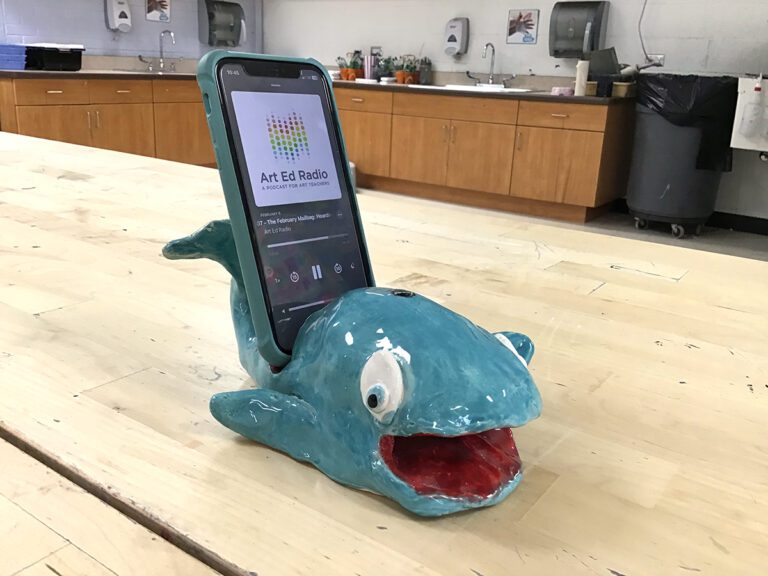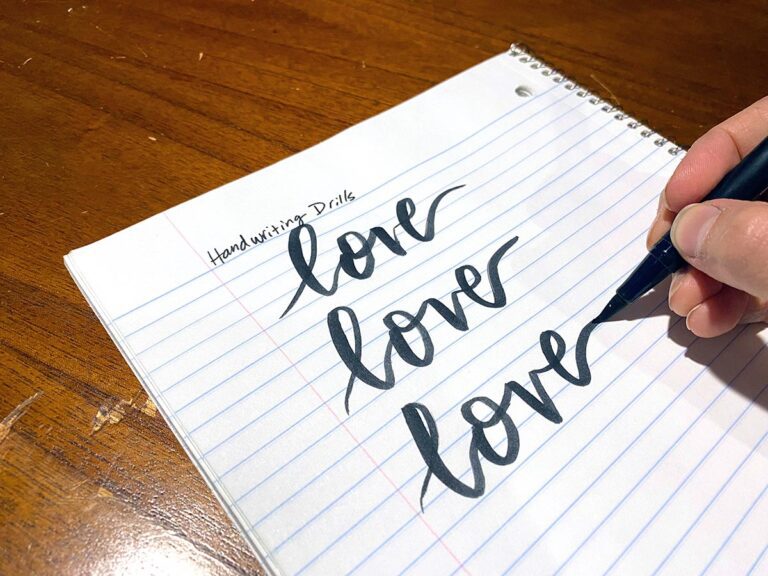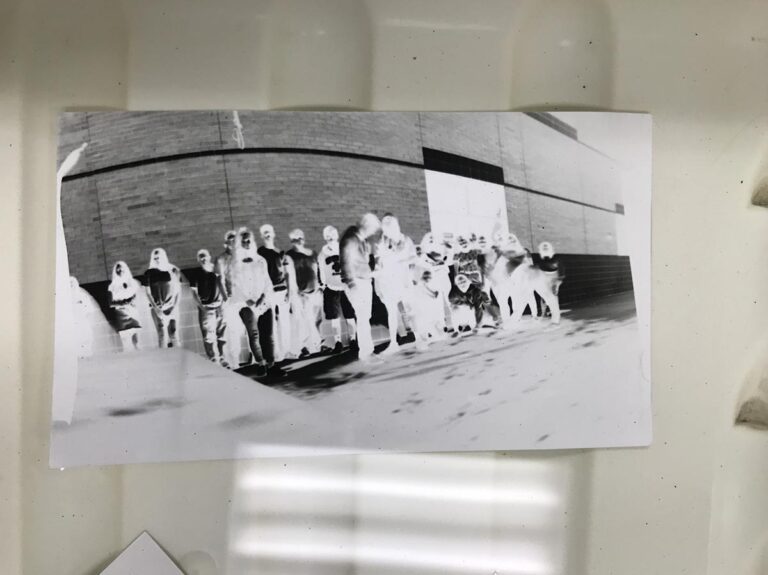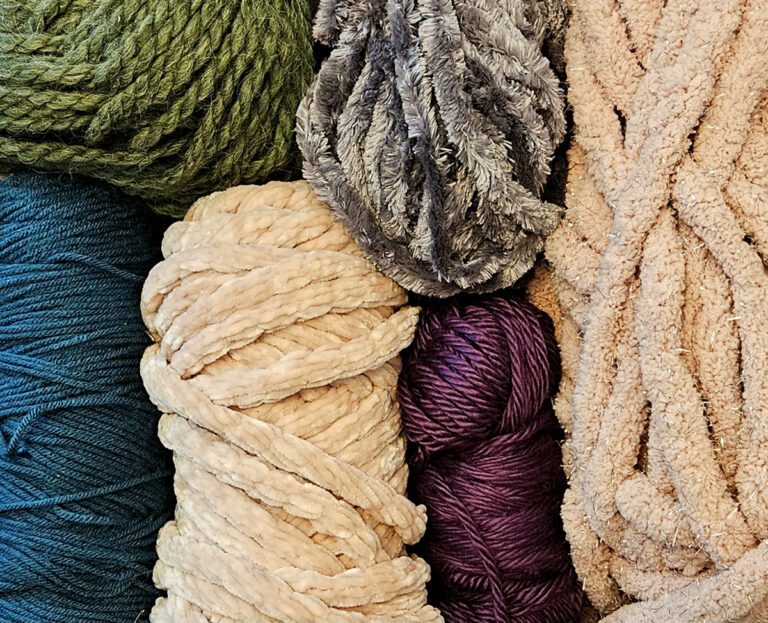One of the allures of creating street art is its inherent sub culture naughtiness. It’s the excitement that comes from knowing a city will wake to discover art that was spray painted on the side of it’s buildings during the cover of darkness. Another draw of creating street art is that it provides a means of expressing oneself artistically outside of the confines of an art gallery. It’s a statement that art belongs to all and should be public.
The challenge for art teachers who wish to expose their students to the most current art movement of the day is how to promote the second concept without advancing the first. Here are five street art projects that will elevate your student’s self expression withouts sending them to the big house.
5 (Almost Legal) Street Art Projects.
1. Replace Spray Paint With Baby Powder
Stencils are a great way to explore the element of positive and negative space. Have students design images in black and white. Create large stencils by transferring the images to a sheet of cardboard or tagboard and cutting out the positive space. Place the stencil of the blacktop but instead of using odorous spray paint, sprinkle on the pleasant aroma of baby power.
2. Cover The Walls With Tape Murals
A quick Google search for the work of street artist Buff Diss will return hundreds of tape mural images. Tape murals are fun and easy to complete. For best results, it is important to have students first develop a solid design to use as a reference. Masking tape works well on dark colored walls. Try painters tape to add a variety of color. This is a great lesson to discuss line variation, cross hatching or even perspective.
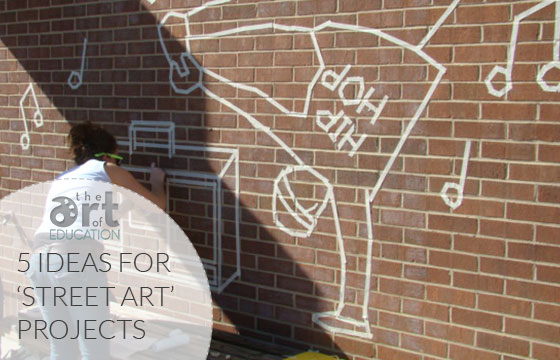
3. Become a Digital Stalker
Brooklyn based street artist and photographer Katie Sokoler (AKA Color Me Katie) cuts out paper to look like thought bubbles and tapes them to the sides of city buildings. She then hides behind cars waiting for just the right moment when an unsuspecting passer-byer is in the perfect location for her to snap their picture. The resulting photographs are quite humorous. Besides thought bubbles, see what other ideas your students can come up with. This can be a fun lesson that teaches both photography and patience.
4. Cup Rock That Fence
Cup Art is perfect for exploring patterns. The constraints of a chain link fence create a challenge by limiting the way the patterns can be assembled. Have students practice by coloring in the squares of a diagonally positioned piece of graph paper. These preliminary designs can later be used as a reference. One of the benefits to this type of temporary installation is that the cups can be removed and used again with future classes. For inspiration, check out Melbourne based street artist Andy Uprock.
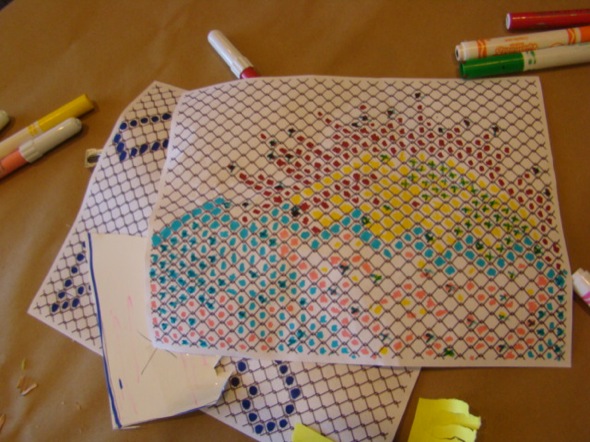
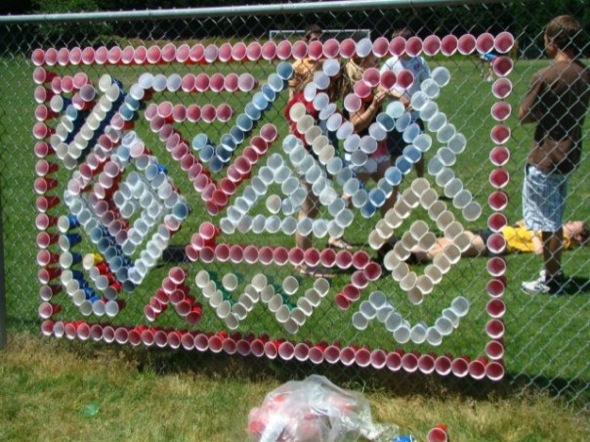
5. Rock The Street With… Rocks!
If you can’t immediately go to the street to make art, bring the street into the art room. That’s what 10 year old street artist Gracie Zenz did when she came up with the idea to paint rocks. Gracie covered small rocks with base coats of primary colors then painted little faces on each rock. She then took to the streets, distributing her face rocks where other people could find and enjoy them. Painting rocks is one option but other street artists have done similar projects using a variety of different materials. Task your students to come up with a similar solution and you might just inspire the next Banksy!
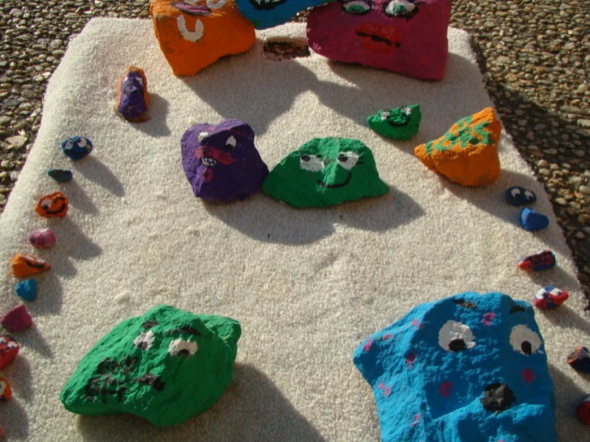
Hopefully these ideas will inspire you to get your students out of the classroom and into the ‘streets’ to make some art!
How else could you modify the idea of “street art” in the classroom?
Feel free to share your own amazing lesson ideas along these lines.
Magazine articles and podcasts are opinions of professional education contributors and do not necessarily represent the position of the Art of Education University (AOEU) or its academic offerings. Contributors use terms in the way they are most often talked about in the scope of their educational experiences.

